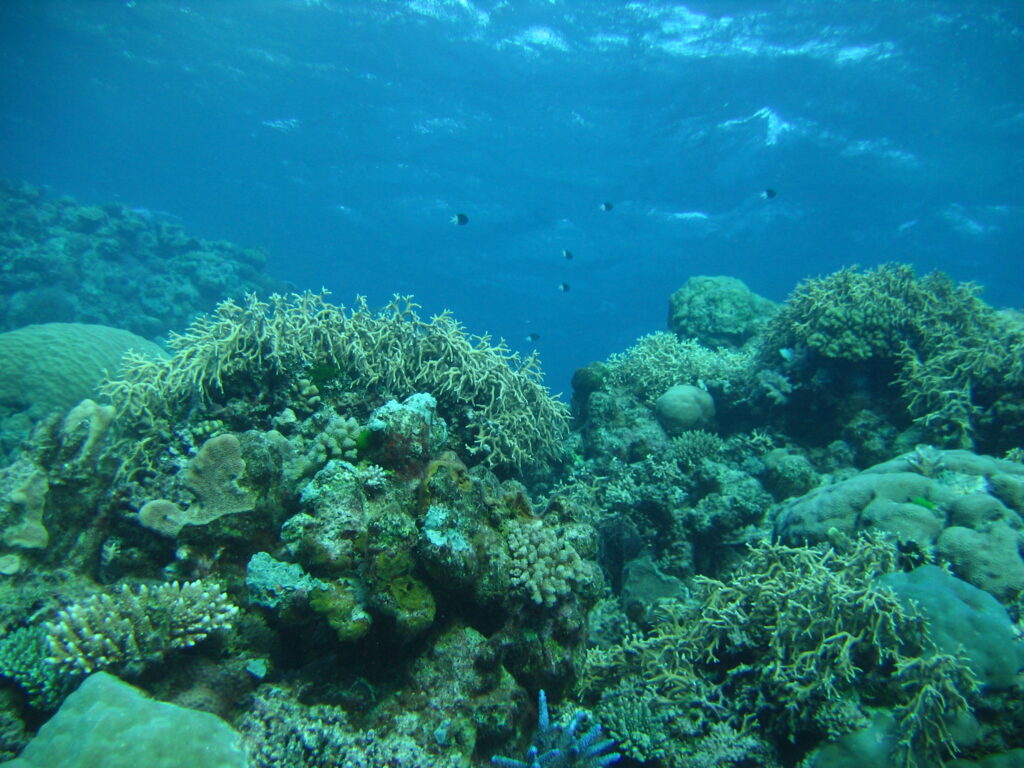Australia’s Great Barrier Reef has lost more than half of its coral population in the last three decades, according to a new study, with climate change being the main driver of this loss. The researchers found that all types of coral had suffered a decline here, in the world’s largest reef system.

Coral reefs are some of the most vibrant marine ecosystems on the planet. They are called the rainforests of the sea, as between a quarter and one-third of all marine species rely on them at some point in their life cycle. Fishes and other organisms shelter, find food, and reproduce near them.
The Great Barrier Reef covers nearly 133,000 square miles and is home to more than 1,500 species of fish, 411 species of hard corals, and 4,000 types of mollusk. It also holds great scientific value as the habitat of species such as the dugong and the large green turtle, both threatened with extinction.
A group of researchers from the ARC Centre of Excellence for Coral Reef Studies in Australia assessed coral communities and their colony size along the length of the Great Barrier Reef between 1995 and 2017. The found depletion of virtually all coral populations.
“A vibrant coral population has millions of small, baby corals, as well as many large ones” said Andy Dietzel, co-author, in a statement. “Our results show the ability of the Great Barrier Reef to recover is compromised compared to the past, because there are fewer babies, and fewer large breeding adults.”
Population declines were seen in both shallow and deep-water coral species, the researchers found. Branching and tablet-shaped corals, which provide habitats for several types of fish, were the worst affected by mass bleaching events in 2016 and 2017 (caused by record-breaking temperatures).
Bleaching occurs when corals that are under thermal stress drive out the algae, known as zooxanthellae, that give them color. Corals can recover if normal conditions return, but that can take decades. A study from last year found that damaged coral colonies had struggled to regenerate because most of the adult corals had died.
“We used to think the Great Barrier Reef is protected by its sheer size — but our results show that even the world’s largest and relatively well-protected reef system is increasingly compromised and in decline,” Terry Hughes, co-author, said in a statement. “There’s no time to lose, we have to decrease greenhouse gas emissions.”
Global temperatures have already risen by about 1ºC since pre-industrial times. The Paris Agreement on climate change commits countries to limit global warming to 2ºC, or ideally 1.5º. If that threshold is exceeded, 90% of the world’s corals will be gone, according to a report by the Intergovernmental Panel on Climate Change (IPCC).
The study was published in the journal Proceedings of the Royal Society B.






